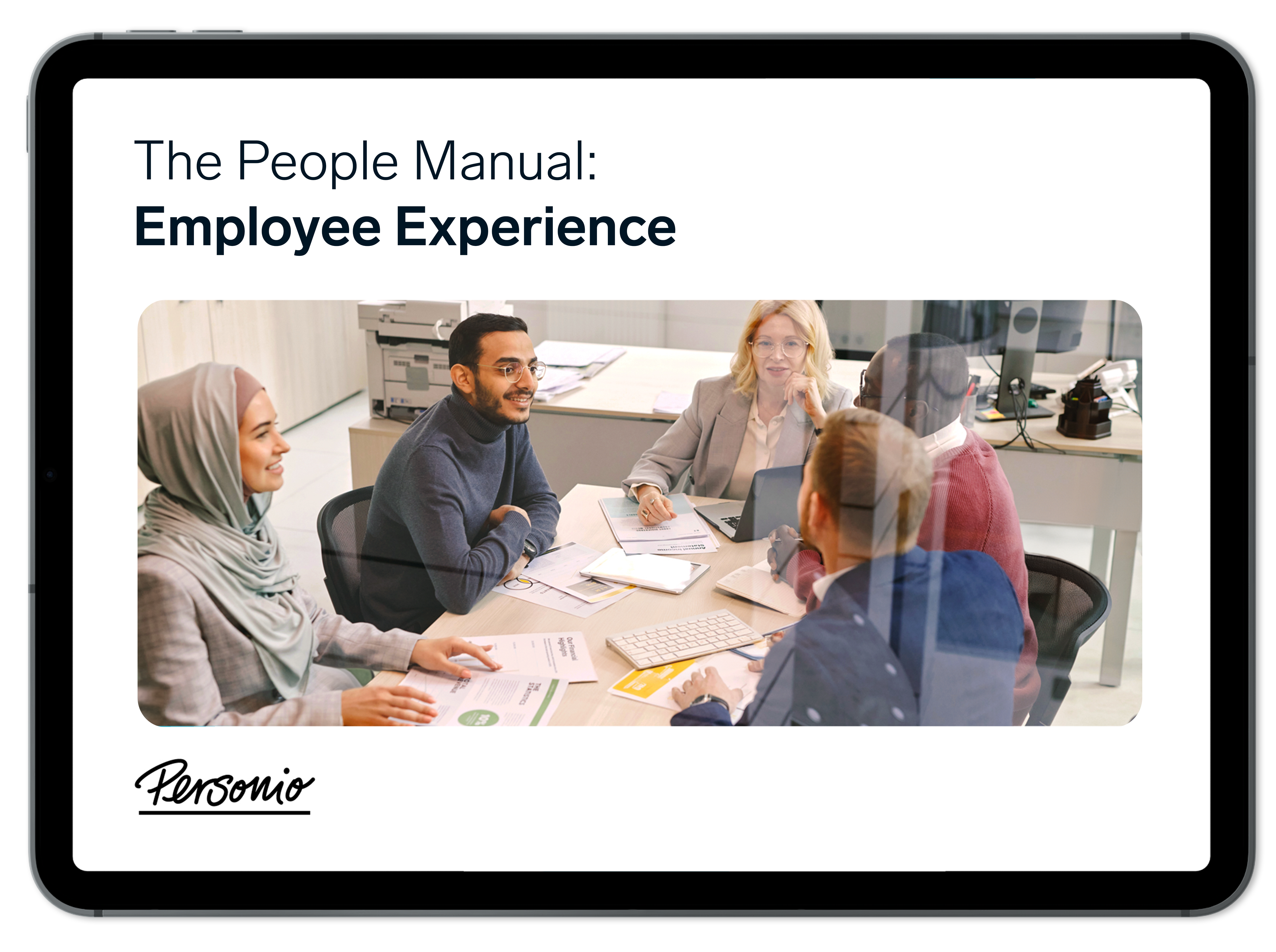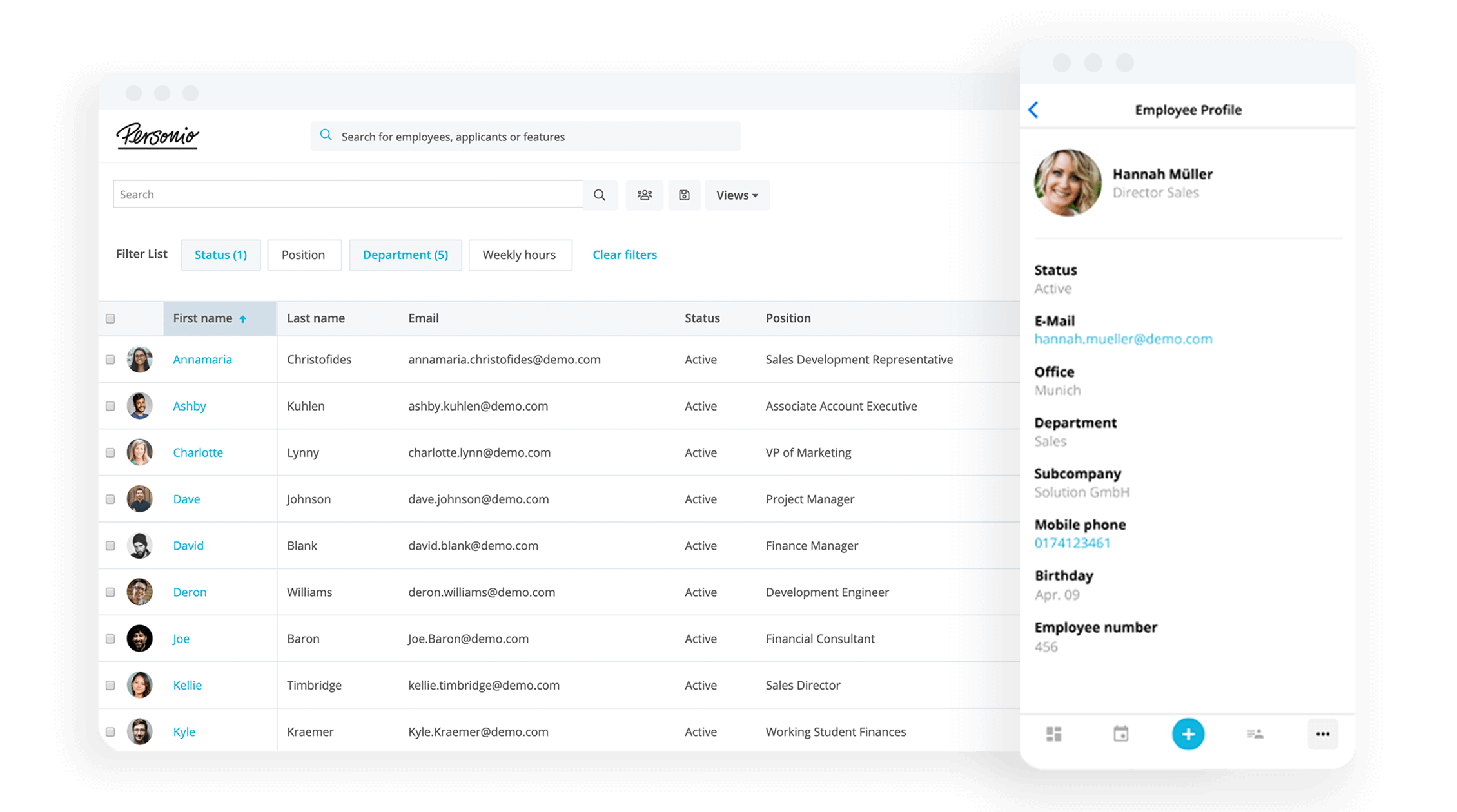Examples of Measuring Productivity at Work for Organisations

Looking to find out how to measure productivity in the workplace? Keeping track of productivity helps companies measure their operational efficiency and determine if parts of the process need to change.
In this article, we show you how to measure productivity – yes, there’s a formula – while providing a detailed breakdown of why doing so is important to company success.
Key Facts
Productivity measures efficiency, and this measurement can apply to individuals or to the entire company.
You measure productivity by dividing the output by the inputs needed to create the output.
The fewer resources it takes to create the same amount of output, the higher the productivity.
Contents
- 1What Is Productivity?
- 26 Tips on Measuring Productivity
- 3What Are the 4 Types of Productivity Measures?
- 4How Do You Calculate Productivity?
- 5Examples of Employee Productivity Measure
- 6Tips on How To Improve Productivity
- 7Frequently Asked Questions About Productivity Measuring
- 8Organisational Insights in a Single Click
What Is Productivity?
Productivity measures how efficiently a single employee, department or company can produce products or services. It’s usually calculated with the productivity formula represented by comparing the input of resources vs the output of goods or services over time.
6 Tips on Measuring Productivity
While calculating productivity may seem cut and dry, each company usually has its own twist on the formula to better suit its workforce. You’ll likely need to tailor your productivity measuring method to your organisation for the most precise results.
Below are a few tips to help you do just that…
1. Monitor Profitability
Productivity and profitability are often directly linked; increased profits usually denote increased company productivity. However, this isn’t a perfect method. Several variables could create a sudden increase in profits, so it’s important to conduct an in-depth cash flow analysis to determine the precise cause (and keep what’s working).
2. Assess How Many Tasks Are Completed
A more direct measure of productivity is to determine how many tasks the company workforce completes. Rather than tracking how long it takes employees to complete their tasks, measure how much they complete over time. The results account for coffee runs, bathroom breaks and other normal daily activities that take an employee away from their desk.
3. Gather Feedback
In a team setting, the performance of each member affects how well the group as a whole can accomplish their goals. If each employee understands their colleagues’ role in the team and is comfortable being honest, gathering feedback can be an effective productivity measurement tool.
4. Monitor the Time It Takes To Perform Tasks
Tracking how long employees take to complete their work is essential to their productivity. Workers fill out a spreadsheet or use a time management programme which then is handed off to their manager or an HR representative.
Generally, the higher the productivity of your workforce, the less time it’ll take them to complete a task.
5. Compare Input vs. Output
Another way to measure productivity is by tracking how much product is produced and measuring it against resources used.
Most companies want their employees to complete tasks using the least time or labour possible while maintaining the same quality.
Dividing the total hours worked by the amount of work completed creates a cost-benefit ratio to track how productivity progresses or declines.
6. Discuss Workflows With Your Team
Talking to your team directly about how much they can handle can give you a better idea of where their talents are used best.
Establish a recurring meeting where employees can report how much work they’ve done. Comparing how much work each team member does daily or weekly gives you a solid idea of their productivity.
It also gives them a platform to report problems that might be holding back their workflow.
What Are the 4 Types of Productivity Measures?
Generally, there are several ways to measure your company’s productivity. Each is a viable measurement tool, but their different calculation methods might make some more suitable for your business than others. The four types of productivity measures are:
Labour. The amount of product produced per worker or hour worked. Labour productivity is often heavily influenced by managerial skills, the skills of your workforce and the implementation of better technology.
Total Factor. This method of measuring an organisation’s growth in productivity is not caused by a comparable increase in labour or capital resources. Total Factor productivity is influenced by general technological improvements or introductions of new industry techniques.
Capital. This measurement subtracts the cost of creating your company’s product or service from your total capital, with the difference added to your sales. Higher capital productivity demonstrates the effective use of funds in producing your product, while lower capital productivity demonstrates the opposite.
Material. This refers to the number of products your company produces compared to the resources needed to create them. Metals and wood used to build furniture are examples of materials that would fall under material productivity.
How Do You Calculate Productivity?
To calculate productivity, you divide a company’s output by the inputs used to create the output. Typical outputs are the physical product your organisation produces or your sales number, while inputs are most commonly the number of workers or hours worked.
Examples of Employee Productivity Measure
Below are two examples of calculating employee productivity to help demonstrate how you’d use it in a real-world context.
Chair Manufacturer
A company that produces furniture implemented measures to increase productivity one year ago. Last year, they produced 2 chairs per labour hour. This year the company knows that they produced 100,000 chairs with employees working a collective 16,000 hours of labour.
100,000/16,000 = 6.25
The workforce produced 6.25 chairs per labour hour, triple the amount from last year.
Call Centre Efficiency
A call centre is trying to determine how efficiently its workforce can take calls during normal work hours. About 1,000 employees work at this centre and collectively completed 45,000 calls last year.
45,000/100 = 450
That means that each employee completed 450 calls throughout the entirety of last year.
Half a decade of insights on employee experience

Our "People Manual" covers all things related to employee experience and developing initiatives that result in more engaged employees. Grab your free copy right now.
Download It TodayTips on How To Improve Productivity
Improving productivity is often a direct method of improving your company’s profitability, and there are several things you can do to get your employees working as efficiently as possible.
Encourage Using a Priority List
Encourage your employees to use priority lists that help them organise their tasks from most important to least important. Without the distraction of smaller tasks like answering emails, employees have more time to dedicate to projects that further company goals.
Introduce the “Eat the Frog” Method
“Eating the frog” is a method of prioritisation that has employees identifying the hardest, most difficult task in their workday and completing it first. It helps eliminate procrastination on critical tasks and helps improve employee mental health by filling the rest of their days with less strenuous assignments.
Encourage Taking Breaks
Encourage your employees to take breaks during big assignments. It seems counterintuitive, but stepping away from an assignment can help your workforce refresh their minds and return to their work able to maintain the same pace.
Prioritise Caring For Employee Health
Workers struggling with their mental or physical health can’t maintain the same productivity as their healthier colleagues. To ensure that employees can continue working at their peak, it’s important to offer resources that help them maintain their overall well-being and a proper work-life balance.
Introduce Ways To Decrease Distractions
New texts, internet browsing, talking to coworkers and more assignments can distract your workforce from their most important tasks. However, there are several methods to keep them focused, like blocking non-work-relevant websites. You could also schedule breaks, so they can talk to colleagues on their time while providing noise-cancelling headphones to help block out diversions at their desks.
Frequently Asked Questions About Productivity Measuring
How Do You Calculate Productivity?
You calculate productivity by dividing your company’s output by the inputs needed to create that output.
What Are Examples To Measure the Productivity of an Employee?
The most common measure of employee productivity is tracking how long it takes them to complete a task. The quicker they work, the more productive they are.
How Do Employers Measure Productivity?
Organisations often have individual processes for measuring productivity, but there are foundational methods that help build their procedures. For example:
Monitoring profitability over time
Tracking how many tasks your workforce completes in a set period
Asking teams how productive they believe they are
Monitoring how long it takes employees to complete tasks
Comparing how much the company produces vs how many resources it costs
Directly asking how much work an employee gets done
Organisational Insights in a Single Click
Productivity isn’t just a measure of output; it’s often a measure of success. But, how much data does your organisation currently have to work with? Are you getting the greatest amounts of insights that help make critical decisions?
Take a look through Analytics & Reporting with Personio. Our all-in-one HR software solution can help give your team the data they need, while also helping streamline common HR tasks to make productivity an organisation-wide initiative.
Speak with an HR expert today to talk through your most pressing HR problems.
Disclaimer
We would like to inform you that the contents of our website (including any legal contributions) are for non-binding informational purposes only and does not in any way constitute legal advice. The content of this information cannot and is not intended to replace individual and binding legal advice from e.g. a lawyer that addresses your specific situation. In this respect, all information provided is without guarantee of correctness, completeness and up-to-dateness.
